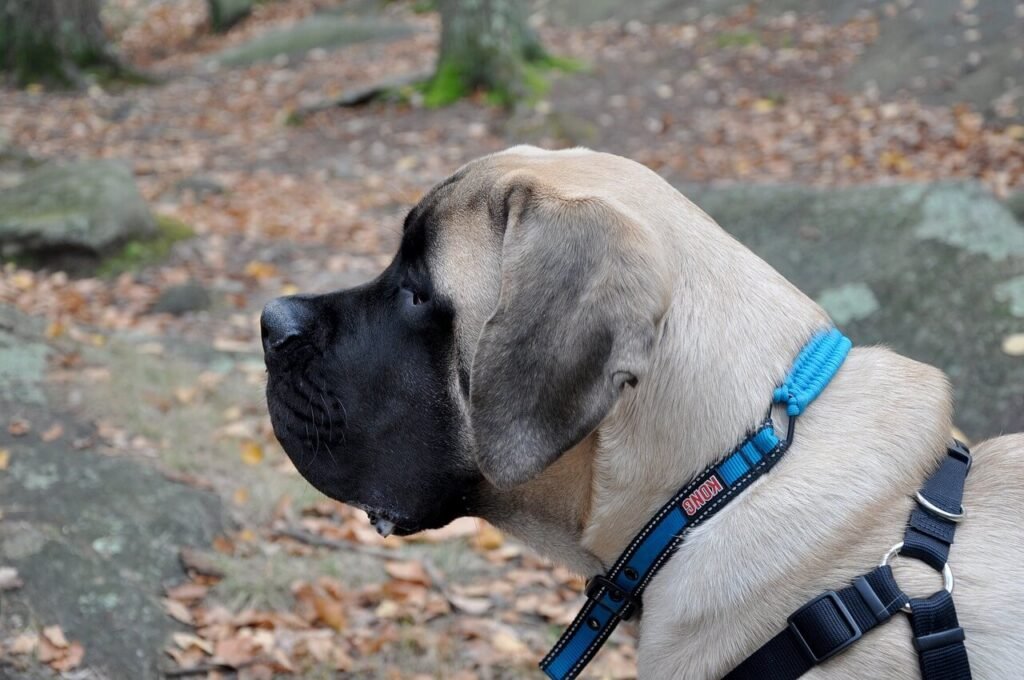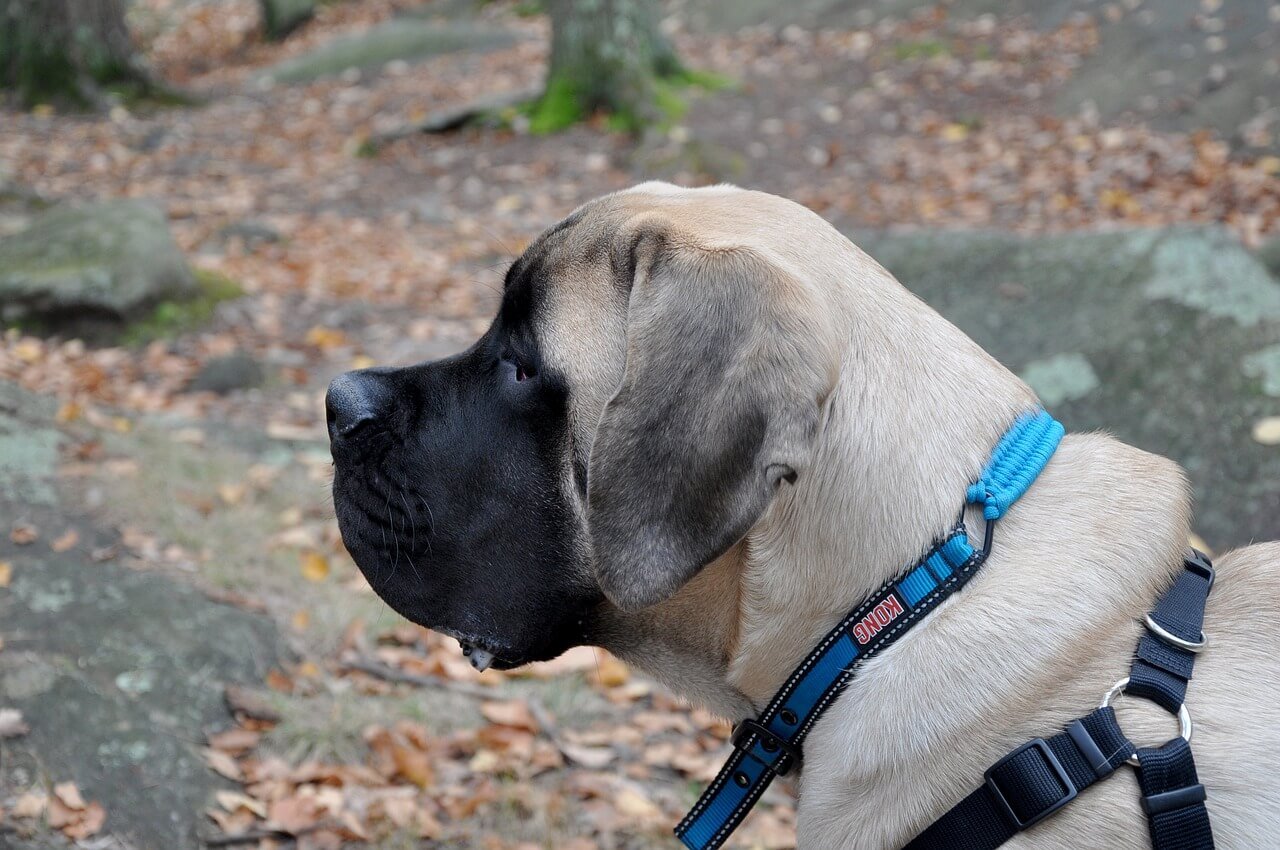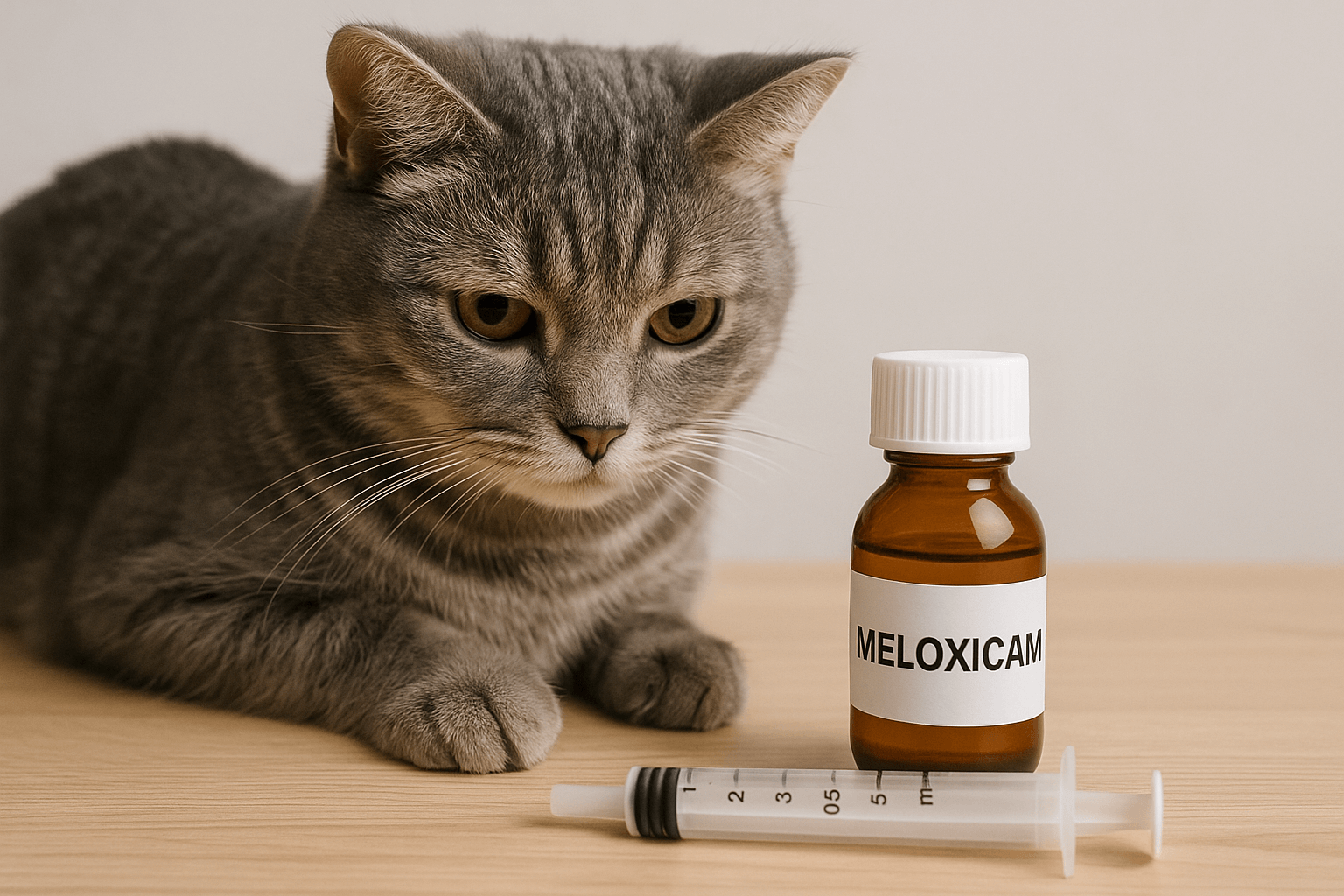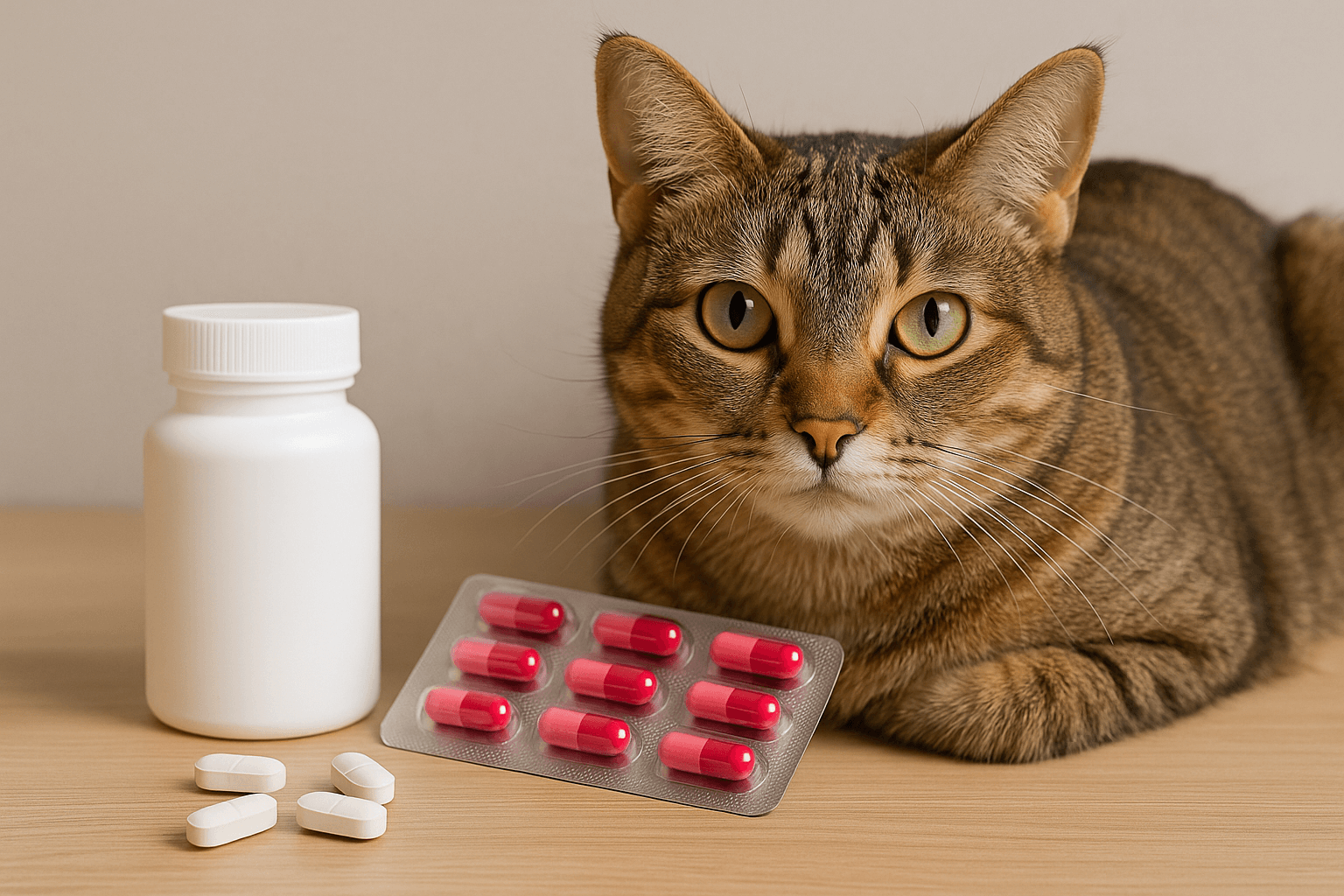Discovering the Giants: The Largest Livestock Guardian Dog Breeds
When it comes to protecting livestock, few things are as reliable as a loyal and imposing guardian dog. These majestic canines have been bred for centuries to safeguard flocks and herds from predators, earning their place as indispensable companions to farmers and ranchers worldwide. Among them, the largest livestock guardian dog breeds stand out not only for their size but also for their unwavering dedication and protective instincts.
In this blog post, we’ll explore these gentle giants, diving into their unique characteristics, historical roles, and what makes them such exceptional protectors. Whether you’re a seasoned farmer or simply an admirer of large dogs, this guide will provide fascinating insights into the world of these remarkable animals.
What Makes Livestock Guardian Dogs Unique?
Livestock guardian dogs (LGDs) are a special category of working dogs that have been selectively bred to protect livestock from predators like wolves, coyotes, and bears. Their role is not to herd but to guard, and they do so with unmatched loyalty and intelligence. Below are some key traits that set these dogs apart:
Size and Strength : LGDs are typically large and muscular, which helps them deter predators through sheer physical presence.
Independent Nature : Unlike many other dog breeds, LGDs often work independently, making decisions without constant human guidance.
Protective Instincts : From a young age, these dogs develop a strong bond with their flock, viewing them as part of their “pack” to defend at all costs.
Calm Demeanor : Despite their imposing size, most LGDs are calm and gentle around their family and the animals they protect.
Adaptability : Whether in harsh mountain terrain or open plains, LGDs can thrive in diverse environments as long as their needs are met.
These qualities make LGDs invaluable assets to farmers and ranchers, ensuring the safety of their livestock while maintaining harmony within the environment. Their unique combination of traits highlights why they’ve been trusted guardians for centuries.
Top 5 Largest Livestock Guardian Dog Breeds
With so many impressive breeds to choose from, narrowing down the largest livestock guardian dogs can be challenging. However, certain breeds consistently rank among the biggest due to their towering height and substantial weight. Here’s a closer look at five standout breeds:
Great Pyrenees : Originating from the Pyrenees Mountains, this breed is known for its thick white coat and serene temperament.
Anatolian Shepherd : Hailing from Turkey, Anatolians are fiercely loyal and capable of handling even the toughest predators.
Kuvasz : This Hungarian breed boasts a striking appearance with its elegant stance and snow-white fur.
Tibetan Mastiff : Renowned for its lion-like mane and immense strength, the Tibetan Mastiff is both regal and resilient.
Maremma Sheepdog : Native to Italy, the Maremma is celebrated for its intelligence and ability to form deep bonds with livestock.
Each of these breeds brings something unique to the table, whether it’s unmatched bravery, adaptability, or sheer size. Choosing the right one depends on your specific needs and environment, but any of these dogs would make an excellent guardian.
Check this guide 👉Livestock Guardian Dog: Best 7 Training Tips for Success!
Check this guide 👉Discovering the Majestic Maremma Dog Breed: Best 7 Tips!
Check this guide 👉The Great Shepherd Dog: Best 7 Expert Tips!

Breed Name | Key Characteristics |
|---|---|
Great Pyrenees | Thick double coat, calm demeanor, highly loyal |
Anatolian Shepherd | Agile despite size, fearless, low-maintenance |
Kuvasz | Elegant build, intelligent, protective instincts |
Tibetan Mastiff | Lion-like appearance, territorial, independent |
Maremma Sheepdog | Strong bond with livestock, weather-resistant coat |
The Role of Temperament in Livestock Guardians
While size and strength are essential qualities in a livestock guardian dog, temperament plays an equally crucial role in determining how effective these dogs will be in their duties. A well-balanced temperament ensures that the dog remains composed under pressure while interacting harmoniously with both humans and animals. Here are some important aspects of temperament to consider:
Confidence : A confident dog is less likely to back down when faced with a threat, ensuring the safety of the flock.
Patience : Patience is key, especially when dealing with young or skittish livestock that may require time to adjust to the dog’s presence.
Gentleness : Despite their formidable size, LGDs must exhibit gentleness toward vulnerable animals to avoid accidental harm.
Alertness : Constant vigilance allows these dogs to detect potential threats early and respond accordingly.
Socialization Skills : Proper socialization ensures that the dog interacts appropriately with people and other animals outside the flock.
Understanding and nurturing these temperamental traits is vital for anyone considering adding a livestock guardian dog to their farm or ranch. With the right balance, these dogs become not just protectors but cherished members of the community.
Challenges of Owning a Large Livestock Guardian Dog
Owning one of the largest livestock guardian dog breeds comes with its own set of challenges. While these dogs offer unparalleled protection, they also demand significant commitment and resources. Before bringing one home, it’s important to understand the potential hurdles you might face:
Space Requirements : These dogs need ample space to roam and patrol, making them unsuitable for small yards or urban settings.
Nutritional Needs : Due to their size, LGDs require a high-quality diet rich in protein and nutrients to maintain optimal health.
Training Demands : Though naturally inclined to guard, proper training is still necessary to ensure good behavior and obedience.
Health Concerns : Large breeds are prone to joint issues, bloat, and other health problems that require regular veterinary care.
Time Investment : Building trust and establishing boundaries takes time and patience, particularly during the initial bonding phase.
Despite these challenges, the rewards of owning a livestock guardian dog far outweigh the difficulties for those willing to invest the effort. Their loyalty and dedication create a partnership unlike any other.
Training Tips for Livestock Guardian Dogs
Training a livestock guardian dog requires patience, consistency, and an understanding of their independent nature. While these dogs are naturally inclined to protect, proper guidance ensures they develop into reliable guardians. Here are some essential training tips to consider:
Start Early : Begin socializing and training your LGD as a puppy to establish trust and boundaries from the start.
Positive Reinforcement : Use rewards like treats or praise to encourage desired behaviors rather than punishment-based methods.
Expose Them to Livestock Gradually : Introduce the dog to the animals they will guard in controlled settings to build familiarity and reduce stress.
Teach Basic Commands : Even independent dogs benefit from learning commands like “come,” “stay,” and “leave it” for safety and control.
Respect Their Independence : Avoid micromanaging; allow them to make decisions while guiding them toward appropriate actions.
By investing time in training, you’ll cultivate a well-rounded guardian dog that balances independence with obedience, ensuring harmony on your farm or ranch.
Health Considerations for Large Livestock Guardian Breeds
Large livestock guardian dogs are prone to specific health issues due to their size and genetics. Being aware of these potential problems and taking preventive measures can help ensure a long, healthy life for your canine companion. Below are key health considerations to keep in mind:
Joint Problems : Hip and elbow dysplasia are common in large breeds, so provide joint-supportive supplements and avoid excessive strain during puppyhood.
Bloat (Gastric Torsion) : This life-threatening condition requires immediate veterinary attention; feed smaller meals and avoid vigorous exercise after eating.
Heart Conditions : Some LGDs may be predisposed to heart issues, so regular check-ups with a vet are crucial.
Skin and Coat Care : Regular grooming prevents matting and skin infections, especially for breeds with thick double coats.
Weight Management : Maintain a balanced diet and monitor food intake to prevent obesity, which can exacerbate joint and cardiovascular issues.
Proactive care and routine veterinary visits will go a long way in safeguarding your dog’s health, allowing them to thrive in their role as a protector.
Choosing the Right Breed for Your Needs
With so many livestock guardian dog breeds available, selecting the right one for your specific situation can feel overwhelming. Each breed has unique traits that make it better suited for certain environments or tasks. Consider the following factors when making your decision:
Climate Adaptability : Some breeds, like the Great Pyrenees, thrive in cold climates due to their thick coats, while others, like the Anatolian Shepherd, excel in warmer regions.
Flock Size : Larger flocks may require multiple dogs or breeds known for covering vast areas efficiently, such as the Maremma Sheepdog.
Predator Threat Level : If you face significant predator pressure, breeds like the Tibetan Mastiff or Kuvasz offer unmatched strength and bravery.
Temperament Preferences : Choose a breed whose temperament aligns with your lifestyle—calmer breeds may suit families better than more assertive ones.
Space Availability : Ensure you have enough land for the dog to patrol effectively without feeling confined or restless.
By carefully evaluating these factors, you can find the perfect match for your needs, ensuring both your livestock and your guardian dog lead happy, fulfilling lives.
Frequently Asked Questions About Livestock Guardian Dogs
What is the primary role of a livestock guardian dog?
LGDs protect livestock from predators, ensuring the safety of flocks and herds.
Are these dogs aggressive toward humans?
No, properly trained LGDs are generally calm and friendly unless provoked or sensing danger.
How much exercise do large LGDs need?
While they don’t require intense exercise, daily walks and opportunities to patrol their territory are essential.
Can these dogs live indoors?
Yes, but they prefer outdoor spaces where they can fulfill their guarding duties effectively.
Do LGDs get along with other pets?
With proper introductions and training, most LGDs coexist peacefully with other household animals.
The Legacy of Livestock Guardian Dogs
In conclusion, the largest livestock guardian dog breeds represent a perfect blend of power, intelligence, and devotion. These gentle giants have earned their reputation as steadfast protectors, standing tall against threats while fostering peaceful coexistence between humans and animals. Whether you’re drawn to their imposing stature or their nurturing spirit, there’s no denying the profound impact they’ve had on agriculture and rural life throughout history. By understanding their unique qualities and responsibilities involved in caring for them, we honor the legacy of these incredible dogs and ensure their continued success as guardians of our fields and flocks.
Cat Fever Treatment: Best 7 Expert Tips! Discover expert advice on identifying, managing, and treating fever in cats to ensure their quick recovery and well-being.
Understanding Meloxicam for Cats: Best 7 Expert Tips! Learn how to safely administer meloxicam, manage side effects, and ensure your cat's comfort with expert advice on feline pain relief.
Amoxicillin for Cat UTI: Best 7 Expert Tips! Discover safe usage, dosage guidelines, and expert advice on treating feline urinary tract infections effectively with amoxicillin.
Understanding Cat Cancer Treatment: Best 7 Expert Tips! Discover expert advice on managing feline cancer, from early detection to treatment options, ensuring your cat’s health and comfort.





